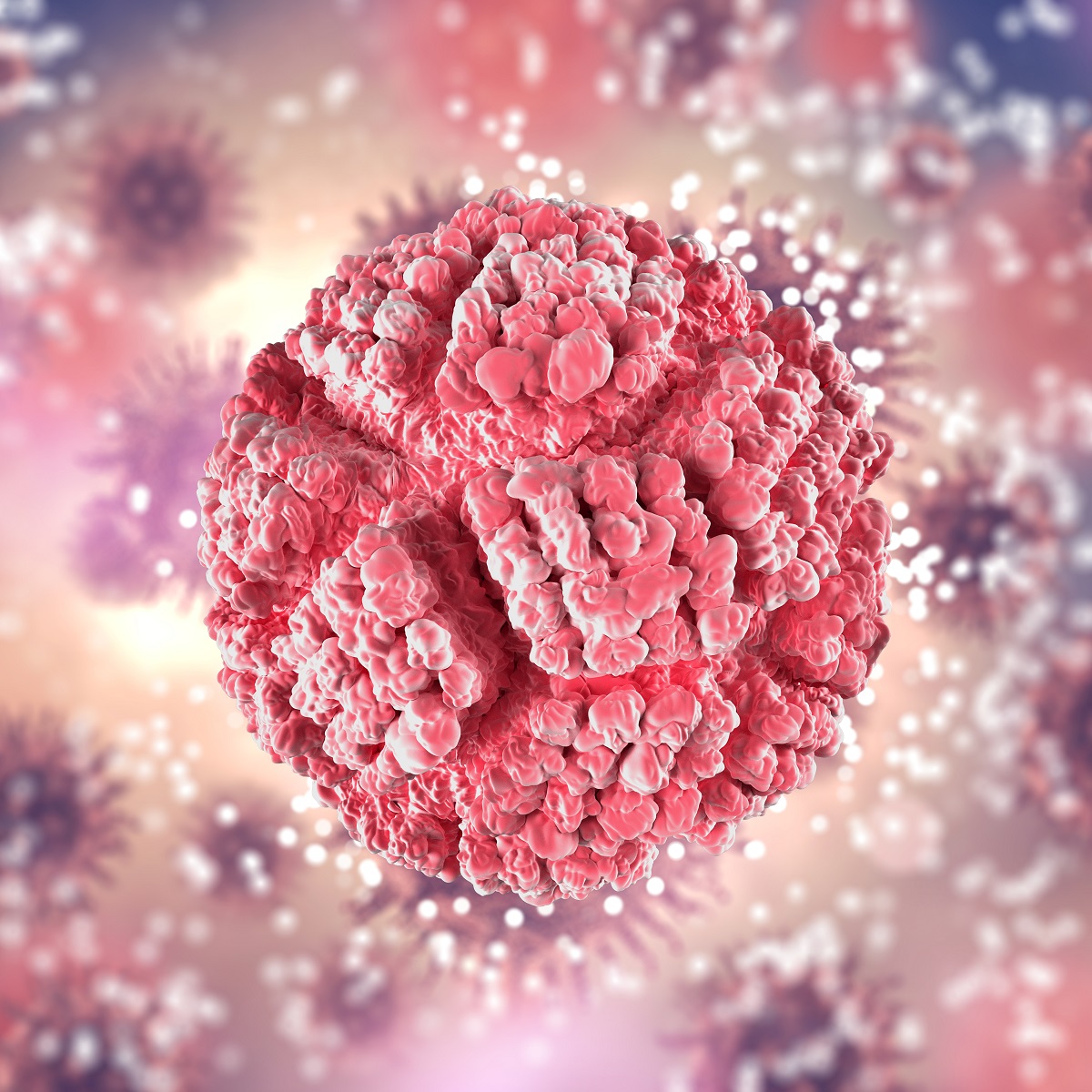KEY TAKEAWAYS
- The LINKER-MM1 phase I/II trial aimed to comprehensively analyze patients who received linvoseltamab at the recommended dose of 200 mg.
- The primary endpoint was ORR. Key secondary endpoints included DoR and MRD status
- The result demonstrated that the 200mg linvoseltamab effectively treats heavily pretreated MM patients with manageable side effects and promising deep responses, warranting further study.
Linvoseltamab, a fully human BCMA×CD3 bispecific antibody, exhibited promising efficacy and generally manageable safety in relapsed/refractory multiple myeloma(RRMM) patients in the Phase 1/2 study LINKER-MM1.
In this study, researchers aimed to comprehensively analyze patients who received linvoseltamab at the recommended dose of 200 mg.
Adults with MM who experienced progression after ≥3 lines of therapy (LoT), including a proteasome inhibitor (PI), an immunomodulatory drug (IMiD), and an anti-CD38 antibody, were enrolled.
The Phase 2 segment included patients refractory to ≥triple-class (PI/IMiD/anti-CD38 Ab) therapy. In Phase 2, linvoseltamab was administered weekly in Cycles 1–3, followed by biweekly dosing; for patients achieving ≥VGPR after Cycle 6, the dosing frequency was reduced to every 4 weeks.
The primary endpoint was the objective response rate (ORR), with key secondary endpoints including duration of response and minimal residual disease (MRD) status.
About 117 patients were administered linvoseltamab at 200 mg (Phase 1: n=12; Phase 2: n=105). The median age was 70 years (range 37–91), with 17% identifying as Black/African American, 14% presenting with extramedullary plasmacytomas, 36% having high-risk cytogenetics, and 22% having bone marrow plasma cells ≥50%.
Patients had undergone a median of 5 (range 2–14) before LoT, and 74% were refractory to ≥triple-class therapy. ORR was 71%, with 59% of patients achieving ≥VGPR and 30% achieving ≥CR, observed over a median follow-up of 5.6 months (range 0.2–28.2). The median time to ≥VGPR and ≥CR was 1.87 months and 5.32 months, respectively.
Among patients with prior exposure to BCMA-targeted therapy with belantamab mafodotin (n=10), the ORR was 60%. The median duration of ≥VGPR was not reached, and the probability of maintaining at least this level of response at 6/12 months was 89%/83%.
The most frequent treatment-emergent adverse events (TEAEs) (>30%) included cytokine release syndrome (CRS; 45% [Grade 3: 1%]), cough (33% [Grade ≥3: 0]), fatigue (32% [Grade ≥3: 0]), diarrhea (32% [Grade ≥3: 2%]), and neutropenia (32% [Grade ≥3: 31%]). CRS typically manifested on the dosing day (median [range] time to first CRS onset from most recent dose, 14.8 h [0–177]) and resolved within 1 day (median [range] CRS duration, 16.5 h [1–144]).
Investigator-assessed immune effector cell-associated neurotoxicity syndrome (ICANS) was reported in 6% (Gr ≥3: 3%) of patients. Infections occurred in 60% (Gr ≥3: 37%; Gr 5: 9%) of patients, with the most common infection types being pneumonia (17%; Gr ≥3: 14%), COVID-19 (12%; Gr ≥3: 5%), and upper respiratory tract infection (12%; Gr ≥3: 3%).
The result demonstrated that the 200mg linvoseltamab effectively treats heavily pretreated MM patients with manageable side effects and promising deep responses, warranting further study.
Clinical Trial: https://clinicaltrials.gov/study/NCT03761108
Dhodapkar MV. Efficacy and safety of linvoseltamab 200 mg in patients with relapsed/refractory multiple myeloma: Analysis of the LINKER-MM1 study



